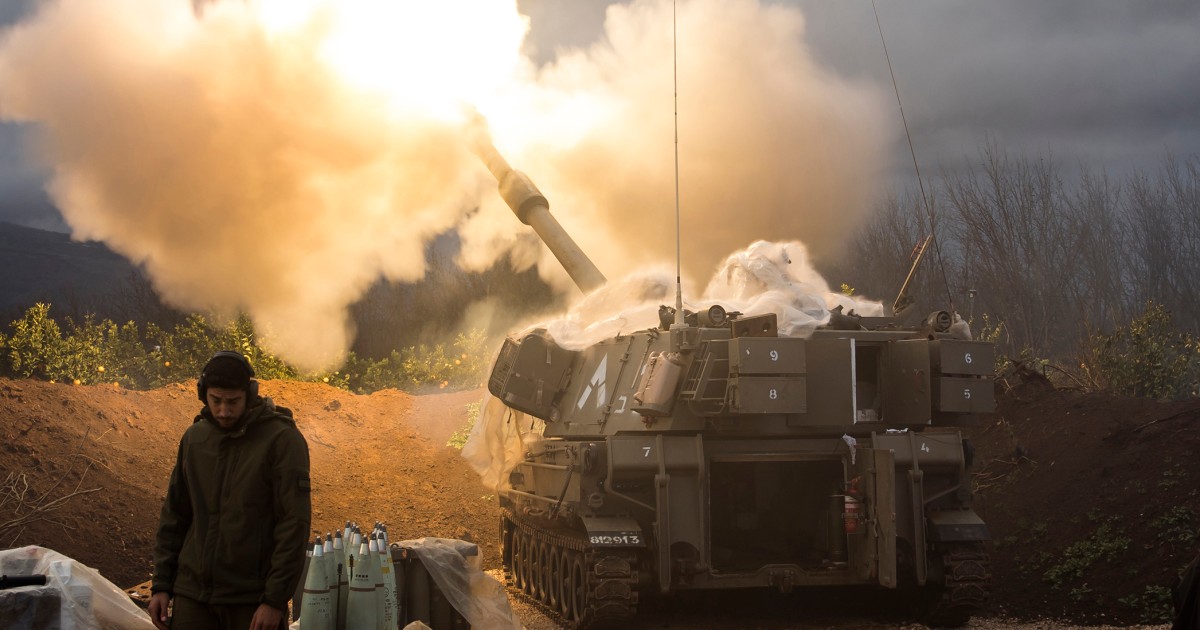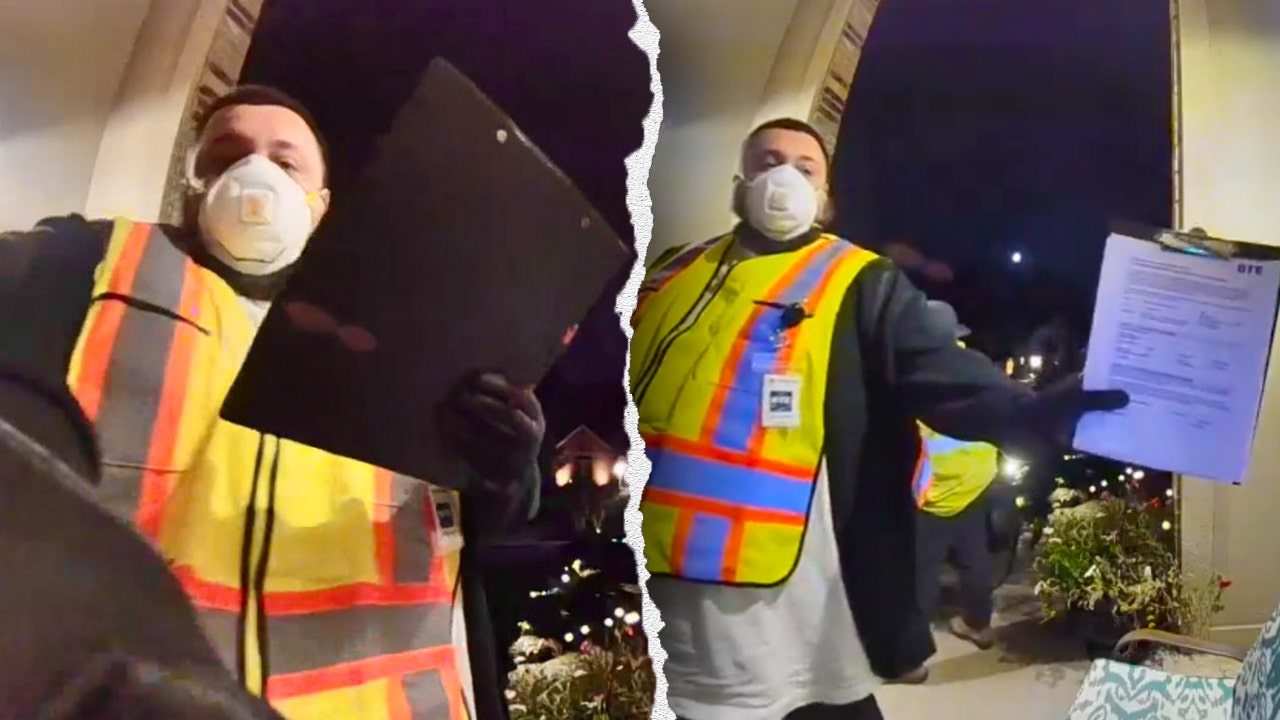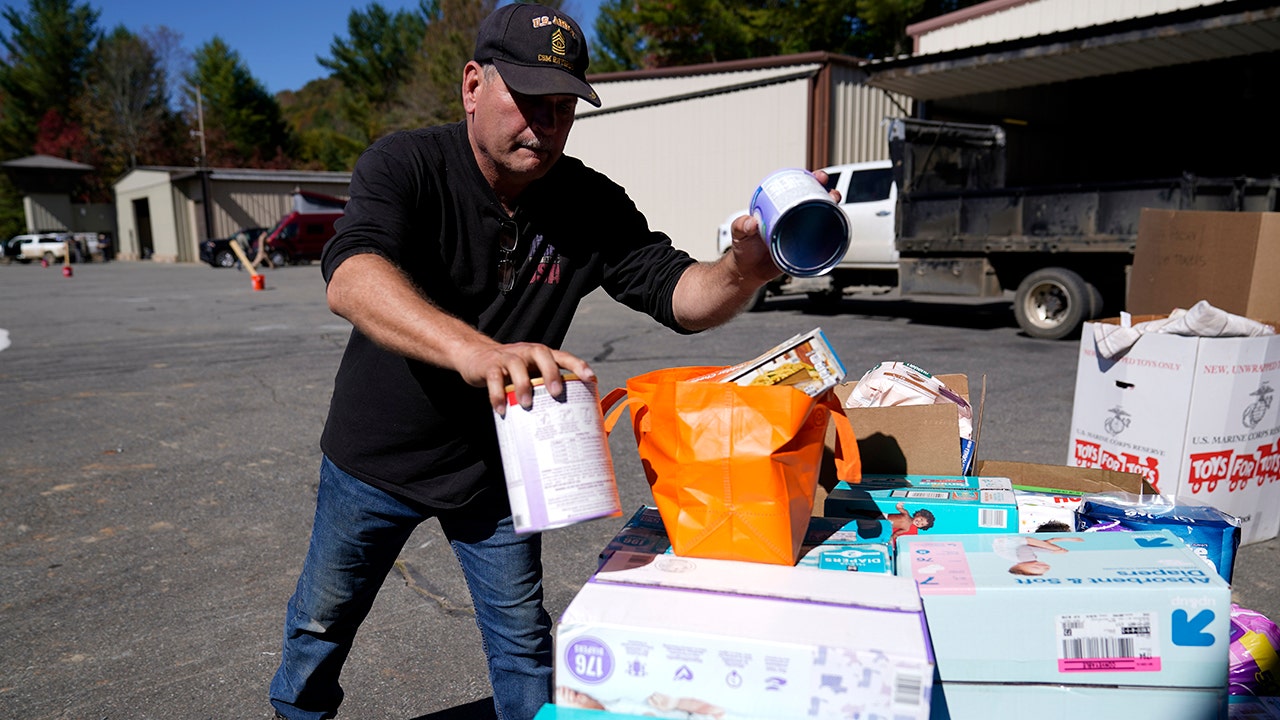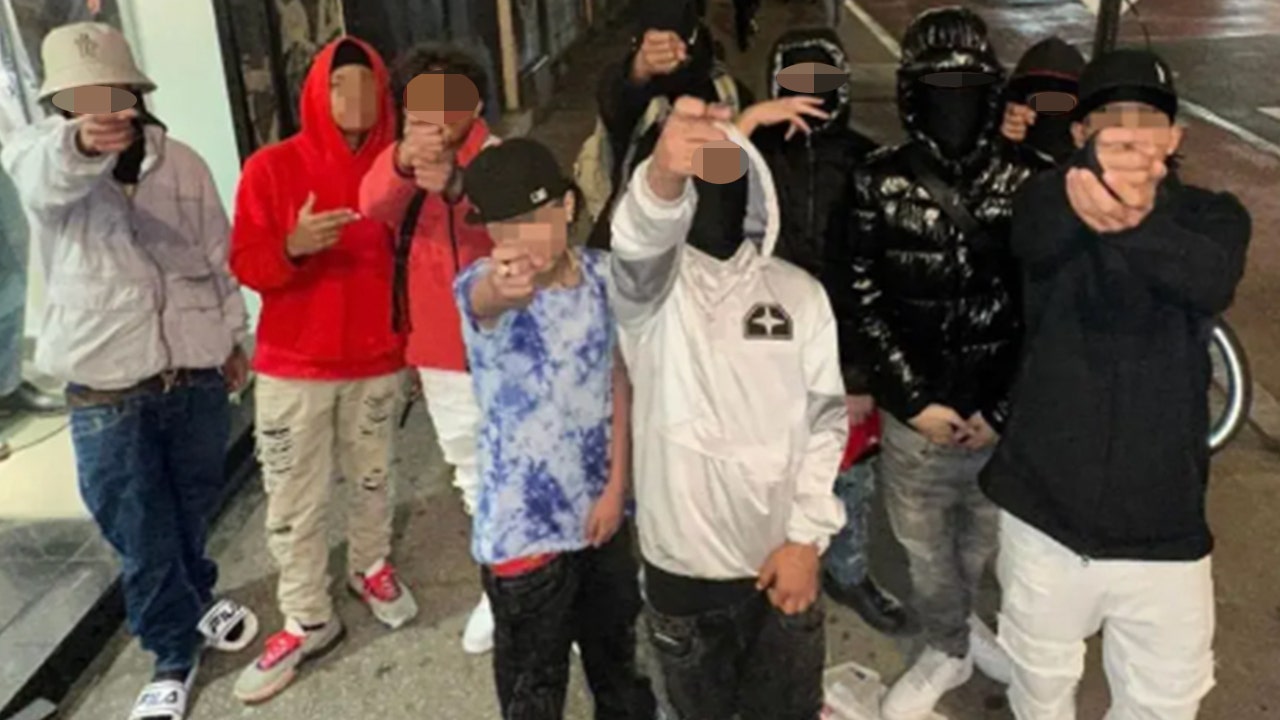Having failed to secure a cease-fire, President Joe Biden’s administration is signaling that it supports Israel’s operations against Iran-backed Hezbollah and the group’s eventual withdrawal from southern Lebanon.
The hope is that a weakened Hezbollah — Tehran’s most important proxy force and Lebanon’s most powerful political party — will provide an opening for the Lebanese to elect a new president and push the militants to the sidelines and away from the southern border with Israel for good.
“We do see Israel having the right to conduct these limited incursions to degrade Hezbollah’s capability,” State Department spokesperson Matthew Miller said at a briefing last week.
“We want to see these incursions be limited and ultimately we want to get back to implementation of 1701, which means the government of Israel withdrawing back behind the border,” he added, referring to a United Nations resolution meant to end hostilities between Hezbollah and Israel with the creation of a buffer zone.
The refocused U.S. diplomatic effort faces challenges across many fronts, including finding a way to implement the decades-old U.N. resolution that was never fully enforced.
Adopted by the United Nations in 2006 after the last major war between Israel and Hezbollah, 1701 was designed to pave the way for a lasting peace.
With a goal of long-term security, the resolution would have seen Israeli forces fully withdraw from Lebanon, which would have had full sovereignty over its south. With Hezbollah excluded, the Lebanese army and thousands of peacekeepers from the United Nations Interim Force in Lebanon (UNIFIL) would have maintained an armed presence south of Lebanon’s Litani River.
Almost 20 years on, the militant group has amassed upward of 150,000 missiles and rockets, according to the CIA’s World Factbook, in addition to drones and anti-tank, anti-aircraft and anti-ship missiles. The country is also mired in political and economic crises, with a vacant presidency since 2022 causing a leadership vacuum, while hyperinflation and a collapsed currency have created widespread poverty.
Since Oct. 8, the day after Hamas launched its terror attacks on Israel, which officials in the country say killed 1,200 people and saw around 240 taken hostage, Hezbollah has been firing rockets and other projectiles into northern Israel, in solidarity with the Palestinian militant group. Israel’s offensive in Gaza since then has killed more than 42,000 people, according to health officials in the enclave.
For months, as the pair traded tit-for-tat attacks, more than 60,000 people were displaced from their homes in northern Israel, according to government tallies — and Prime Minister Benjamin Netayahu’s government cited this as the reason for launching its military campaign into southern Lebanon last month.
More than 2,000 people have been killed in Lebanon since the Oct. 7, 2023 attack and an estimated 1.2 million have been displaced, according to Lebanese officials. A large number of these left their homes after Israel began its widespread bombing starting on Sept. 17, when pagers belonging to members of Hezbollah exploded across the country.
The Biden Administration shares Israel’s frustration that the UNIFIL peacekeeping mission did not prevent Hezbollah from hiding weapons in tunnels and homes along their border, according to a senior administration official.













